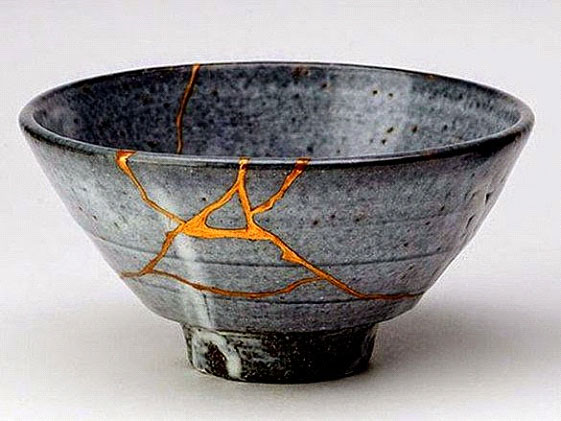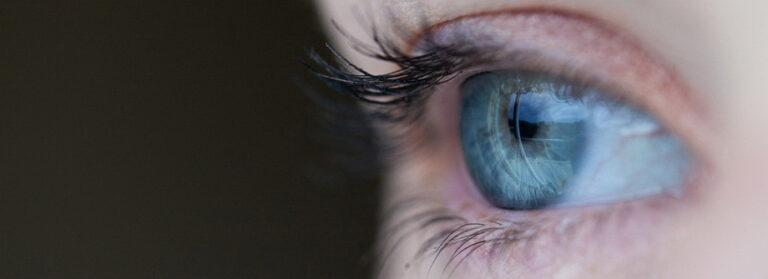Prince Harry and EMDR
I suspect all EMDR therapists in the world want to write Prince Harry a thank you note. I have never been seen such a swell of public interest in EMDR as a powerful technique to allow people to process pain and feel better, enabling them to move forward in their lives with freedom from past burdens, stress and trauma.
Oprah Winfrey and Prince Harry created the new tv series “The Me You Can’t See,” which premiered on Apple TV on May 21, 2021. In addition to the series, Oprah Winfrey and Dr. Bruce Perry have created a book that explores trauma and how our brains and lives our impacted by trauma. The intention of both the tv series and the book is to educate the general public, to destigmatize mental health and encourage people to get help and greater resources.
Well produced and informative, the series presents conversations between Oprah and Prince Harry, as well as presenting life stories of the mental health challenges of different people, some famous and some not. In the third episode of the series “Finding What Works,” Prince Harry speaks at length about own his mental health and his utilization of psychotherapy for over four years.
His wife Meghan Markle noticed a problematic pattern in his expression of anger and felt that therapy would be a helpful resource for her husband. He eventually agreed as he felt, “If this relationship was going to work, than I was going to have to deal with my past.” It is hardly surprising that his emotional ‘go to’ position was anger. Anger is a powerful shield for all of us, especially us guys, that covers and hides more vulnerable emotions. Anger can feel strong, instead of letting the shield down and feel vulnerable and share, “I’m really hurting.”
Harry (yes, at this point in the blog and here on out, I’m using his first name) stated, “I always wanted to try” EMDR in the different types of psychotherapies he engaged in. The series briefly explains and shows the process of EMDR, that it works on engaging a powerful recollection of a traumatic memory, processing it and then working on building a feeling of safety. The ultimate goal is the freedom to think about the event without experiencing the distress and dysregulation.
For Harry, he realized that returning to London by plane was a trigger for him, that brought up feelings of “anxiety and hollowness. Everything feels tense.” Memories of his mother being relentlessly followed by the paparazzi were a part of these traumatic emotions and thoughts of “feeling hunted and there is no escape. I’m helpless.”
EMDR therapist and consultant Sanja Oakley works with Harry, as they both briefly demonstrate the technique in action through videoconferencing. Bilateral tapping is used to simulate the eye movements during REM sleep as Harry recalls memories from his past, focusing on flying into London. These memories of being hunted by the press influence his anxieties about the media spotlight and tabloid coverage of his wife. This was “incredibly triggering” for Harry as he worried that he could “potentially lose another woman in my life.” Deciding to leave being a working member of the royal family, he stated, “We chose to put our mental health first.”
Harry’s brave willingness to demonstrate EMDR on the series and speak about his mental health in detail is a tremendous opportunity for people to learn more about this technique that has helped countless people to experience more emotional freedom in their lives. Harry’s praise and validation of the technique will echo for quite a while. Already, a new client said to me about it, “If it is good enough for royalty, it is good enough for me!” As Harry summarizes his experience of therapy, he shares, “Therapy has equipped me to take on anything.” This what is so exciting about the therapeutic process. To not only help people process and release past pain but to actually increase their confidence in themselves and their abilities is powerful to witness and be a part of these profound changes is very fulfilling and meaningful.



